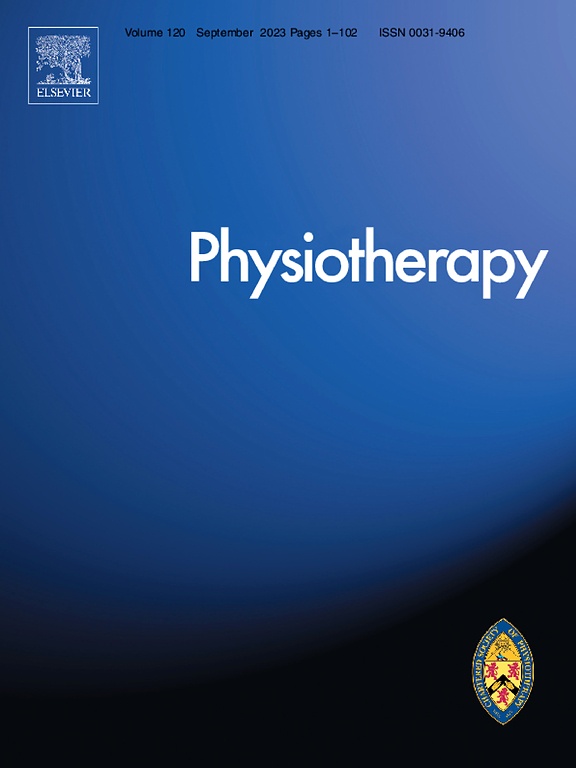
Interferential laser therapy is a safe treatment for shoulder musculoskeletal pain

Interferential laser therapy is a safe treatment for shoulder musculoskeletal pain
Interferential laser therapy in the treatment of shoulder pain and disability from musculoskeletal pathologies: a randomised comparative study
Physiotherapy. 2012 Jun;98(2):143-50. doi: 10.1016/j.physio.2011.02.007. Epub 2011 May 28Did you know you're eligible to earn 0.5 CME credits for reading this report? Click Here
Synopsis
200 patients with shoulder musculoskeletal pain were randomly assigned to either experimental Group I (n=100), which received interferential laser, or control Group II (n=100), which received conventional laser therapy. A laser was applied in contact mode through ten sessions, on 5 shoulder points (7 Joules/point) per session. Outcomes from Visual Analogue Scale (VAS) score and Shoulder Pain Disab...
To view the full content, login to your account,
or start your 30-day FREE Trial today.
FREE TRIAL
LOGIN
Forgot Password?
Explore some of our unlocked ACE Reports below!

Learn about our AI Driven
High Impact Search Feature
Our AI driven High Impact metric calculates the impact an article will have by considering both the publishing journal and the content of the article itself. Built using the latest advances in natural language processing, OE High Impact predicts an article’s future number of citations better than impact factor alone.
Continue



 LOGIN
LOGIN

Join the Conversation
Please Login or Join to leave comments.